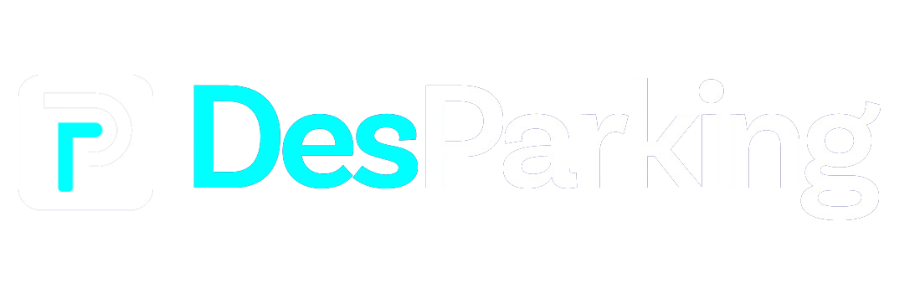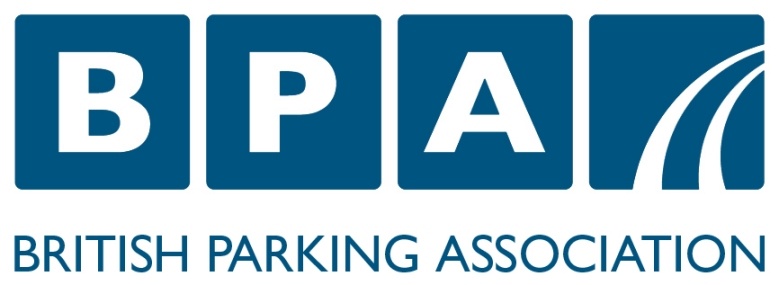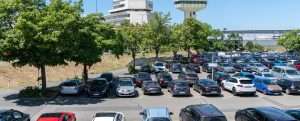Speed restrictions have been introduced on the Docklands Light Railway (DLR) after engineers found that trains were operating too close to the maximum recommended speed on some sections of the track.
Transport for London (TfL) implemented the new speed limits following a review of the signalling system, which revealed that the safety margin between the trains’ speed and the maximum safe speed was insufficient. Most sections have now had their speeds reduced by 5 km/h. However, TfL confirmed that at no point did the trains exceed the recommended track speed.

Tom Page, TfL’s General Manager for the DLR, stated: “Following a review of our signalling system, we identified a pre-existing technical issue which resulted in some locations having insufficient safety margins between the maximum recommended speed and the speed of the trains. For the continued safe operation of the network, we have decided to reduce the speed in these areas. The DLR remains one of the safest light rail systems in the country.”
Posters have been placed outside stations to inform passengers that “minor reductions in train speeds on certain sections of the DLR network have been introduced as part of an ongoing review of the signalling system,” which may affect usual services and frequencies.
The DLR is an automated rail system, although each train is staffed with a captain. The introduction of new trains, originally scheduled for April, has been delayed. Additionally, the direct Stratford to Lewisham service has been suspended, with no decision yet made on whether these changes will become permanent.
Some commuters have contacted BBC London to express concerns over extended wait times between trains. TfL has apologised for the disruption and said it is actively working to minimise the impact on passengers.









